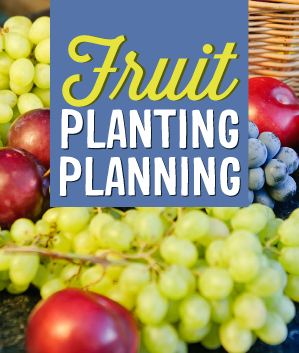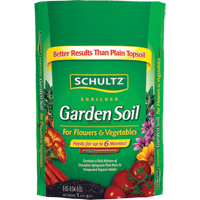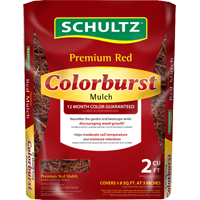
Growing a fruit garden not only provides you with fresh and healthy homegrown fruits, but it can also become a fun hobby. Here are a few planning guidelines to make your growing more successful.
First, determine the types of fruit you want to plant. There are a few things you should take into consideration: your climate and zone, the amount of space available, the amount of maintenance required, and of course, what your family will enjoy the most.
Smaller spaces will have the most pay off; they are easier to maintain and require less time. Make sure if you plant a larger plot, you are able to properly maintain it.
When deciding on fruits that your family will enjoy, keep in mind many fruits can be preserved or baked/cooked into delicious desserts. Experiment and don’t be afraid to step out of your comfort zone.
The location is the most important aspect when it comes to planting. The soil should be well drained, and rich. Schultz Specialty Soils can be added to create the perfect texture. Choose a location that is protected from wind and harsh weather conditions but still receives a full amount of sunlight. Behind a shed, in a raised garden bed, or on elevated ground is best. If the fruit requires cross-pollination, make sure they are within 50 ft. of each other.
Planting Methods:
- Every fruit requires different plantings. Do your research on your specific plant.
- It is best to plant your fruits as soon as possible, but be certain the frost is gone.
- If the root ball seems somewhat dry, soak for a few hours, or overnight.
- Place the roots into the hole and then apply Schultz Enriched Garden Soil around the base.
- Firm the soil with your hands and make sure the plant is standing up straight. (Staking the tree might be necessary for extra support in its beginning stages)
- Water immediately.
- Mulch can be added in order to retain moisture and prevent weeds.
- Remove any broken or dead foliage on the plant.
- Water plants thoroughly for the first few weeks. Ease up as the plant matures, and increase during hot summer climates.
- For additional nutrients, add a specially formulated plant food.











